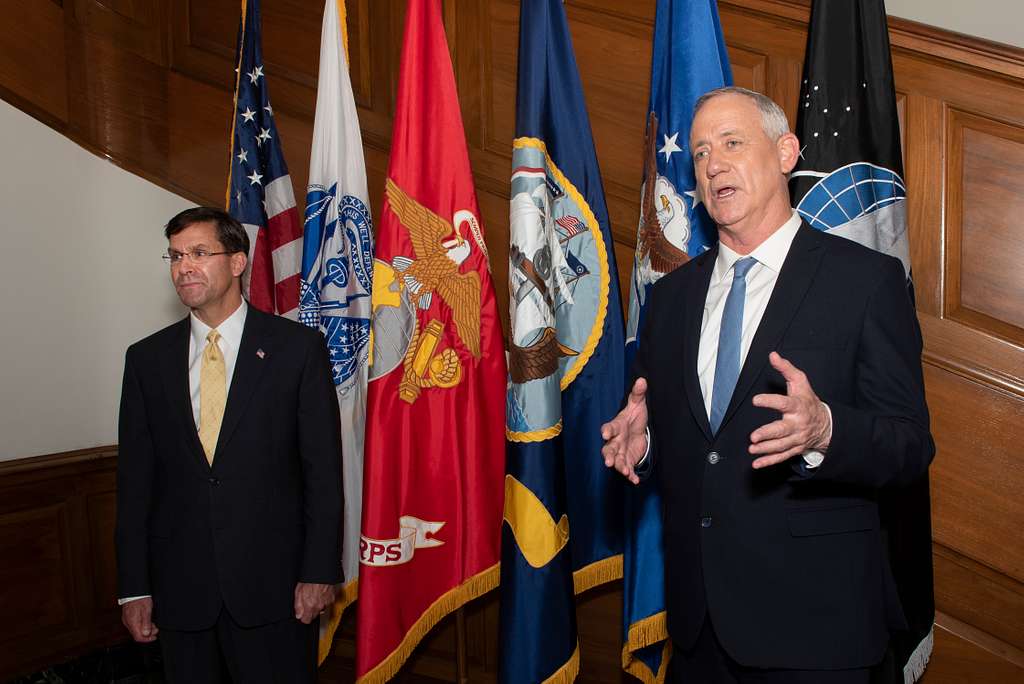Ya can’t make it up.
Unless, of course, you’re The New York Times.
The other day the Times, “the paper of record” as it likes to call itself, headlined:
In His Second Term, Trump Fuels a ‘Machinery’ of Misinformation
President Trump’s first four years in the White House were filled with falsehoods. Now he and those around him are using false claims to justify their policy changes.
The Times story says that Trump and his team “are effectively institutionalizing disinformation.” The story continues:
Audrey McCabe, an analyst at Common Cause, a nonpartisan government watchdog, said the administration had pursued a strategy of ‘disinformation overload’ that was overwhelming not only its opponents but also the judicial system.
And then the Times goes on to say:
False narratives that once percolated in the darker corners of the internet are now advanced by Mr. Trump and his appointees and amplified by a media echo chamber, muddying the political discourse and
compounding a broader erosion of trust in institutions themselves.
Talk about a lack of self-awareness or self-reflection, not to mention “effectively institutionalizing disinformation”??!!!
And what does the Times not report in this story?
Recall this headline from Hans Von Spakovsky and Stephanie Luiz of the Heritage Foundation, writing over here at Fox News back there in the stone age of 2021:
Will New York Times, Washington Post return Pulitzer for misleading Russia collusion stories?
This is not the first time the prize was awarded for misleading and discredited coverage
This story decidedly unmentioned by the Times reports:
In 2018, journalists from The New York Times and The Washington Post won a Pulitzer Prize in national reporting for their biased and inaccurate coverage of Russia’s alleged collaboration with the Trump campaign to interfere with the 2016 election, a claim we now know was a hoax. So when are they going to return the prize?
….In a series of 10 articles, Times reporters propagated a narrative detailing fictitious connections between the Kremlin and the Trump campaign, the president’s transition team, and the administration.
The Mueller investigation as well as the Senate Intelligence Committee affirmed that there is no evidence that President Trump or his staff conspired with the Russian government to impact the 2016 election. Special Counsel John Durham is now indicting some of those who were involved in creating what amounted to a political hoax that dogged the Trump administration for years.
Despite these findings, and the inaccuracies in the Times’ articles, the Pulitzer Prize board has not repealed the award. (Note that all principals are alive and perfectly capable of responding.)
Safe to say, – were there a prize for this “institutionalizing of disinformation” (to use The Times own characterization) on the utterly phony Trump/Russia hoax- The Times would have won hands down.
In fact, perhaps its time to re-write that paragraph from The Times cited above.
As the Times propagandized it reads:
False narratives that once percolated in the darker corners of the internet are now advanced by Mr. Trump and his appointees and amplified by a media echo chamber, muddying the political discourse and compounding a broader erosion of trust in institutions themselves.
But re-written accurately it might read:
False narratives that once percolated in the darker corners of the internet are now advanced by The New York Times and amplified by a liberal media echo chamber, muddying the political discourse and compounding a broader erosion of trust in institutions themselves.
Which in turn would re-write that original and phony Trump headline this way:
In Trump’s Second Term, The New York Times Fuels a ‘Machinery’ of Misinformation
President Trump’s first four years in the White House were filled with New York Times falsehoods. Now The Times and those around the paper are using false claims to justify their policy changes.
As irony would have it, The Times this week illustrates its “machinery of misinformation” by publishing unchallenged an opinion piece by former Secretary of State Hillary Clinton.
Clinton – seriously!- attacks Trump for “cozying up to dictators like Russia’s Vladimir Putin.” Hello? Obviously, both Clinton and The Times hope readers have completely forgotten that it was Secretary Clinton herself who visited Moscow and presented Putin’s Foreign Minister Lavrov with a “reset button.”
In his book Ball of Collusion: The Plot to Rig an Election and Destroy a Presidency, National Review’s Andy McCarthy wrote:
Ah yes, let’s remember the Obama-era ‘Russia Reset.’ It was announced with great ceremony by Secretary of State Hillary Clinton, brandishing a red plastic ‘Reset’ push-button that she presented to her counterpart, Foreign Minister Sergey Lavrov. Oops: The button was mislabeled Peregruzka (the Russian word for “overcharge”) rather than Perezagruzka (reset). As investigative journalist Claudia Rosett observes, the Kremlin still keeps the button on display in a museum at the Foreign Ministry, ‘less a souvenir of U.S.-Russia camaraderie than a symbol of American folly.’”
In her current Times piece Clinton is un-mysteriously silent about her decided screw up. (And yes, what about those Clinton-deleted 33,000 missing e-mails?). But to the media point here, there is no reminder from The Times about the irony in The Times publishing this column that easily qualifies as a piece in the paper’s very own “‘Machinery’ of Misinformation”.
As noted at the beginning in this space, ya can’t make it up.
Unless you’re the New York Times.















